The Queen has died and King Charles III has ascended to the throne.
Here is the day-by-day account of what is expected to happen next, leading up to the Queen’s funeral in around 11 days’ time.
Day of Death
Thursday would traditionally have been D-Day or D+0 in the plans for the aftermath of the Queen’s death, codenamed London Bridge.
But the announcement came late in the day – at 6.31pm on Thursday, September 8 – meaning plans were been shifted a day to allow the complex arrangements to be put in place, meaning D+0 will be considered Friday.
The new King had dashed to the Queen’s bedside.
Charles was joined by the monarch’s other children the Princess Royal, the Duke of York and the Earl of Wessex, and William, now the Prince of Wales and heir to the throne, with the Duke of Sussex also travelling there.
Also at Balmoral were Camilla – the new Queen Consort – and the Countess of Wessex.
The King and Camilla remained at Balmoral on Thursday night and returned to London on Friday.
D+0 – Friday September 9
The King and Queen Consort return to London – Charles and Camilla returned to London on Friday.
Audience with the PM – Despite his grief, duty called for new sovereign Charles and his first audience as monarch with Prime Minister Liz Truss took place.
Confirming funeral plans – Charles met the Earl Marshal – the Duke of Norfolk – who is in charge of the accession and the Queen’s funeral, to approve the carefully choreographed schedule for the coming days.
The arrangements – codenamed London Bridge – have long been planned in consultation with the Government.
They will incorporate Operation Unicorn, the contingency plans for the death of the Queen in Scotland.
During the coronavirus pandemic, the Government and the Royal Household prepared a “London minus” version of the London Bridge plans in case it was needed – which is now unlikely – with all the elements but with the involvement of fewer people.
Court mourning – Charles confirmed the length of court or royal mourning for members of the royal family and royal households, which will last seven days after the Queen’s state funeral
National mourning – The Government confirmed the length of national mourning to be ten days, starting from today up to the day after the Queen’s funeral.
They will also announce that the funeral day will be a public holiday in the form of a Day of National Mourning.
Flags – Union flags on royal buildings will fly at half-mast.
The Royal Standard never flies half-mast. It represents the Sovereign and the United Kingdom, and is a symbol of the continuation of the monarchy.
If the new King is in residence at a royal palace or castle, the Royal Standard will fly there full-mast as is the tradition.
The Union flag does not fly there at the same time.
The Union flag will also be flying half-mast over the Houses of Parliament. The Department for Digital, Culture, Media and Sport is in charge of arrangements for lowering flags on government buildings.
Downing Street reportedly expressed concern in the past that the Government would face a wave of public anger if it did not lower its flags within 10 minutes of the announcement of the Queen’s death.
Bells and gun salutes – Bells tolled at Westminster Abbey, St Paul’s Cathedral and Windsor Castle, and gun salutes – one round for every year of the Queen’s life – were fired in Hyde Park and at other stations.
Floodlighting at royal residences were turned off and the public began to leave flowers as tributes from around the world pour in.
Charles’s televised address – The King made a televised address to the nation.
He paid tribute to the Queen and pledged his duty to his service as the new sovereign.
Service at St Paul’s Cathedral – The Prime Minister and senior ministers attended a public service of remembrance at St Paul’s in central London.
D+1 – Saturday September 10
At 10am the Accession Council met at St James’s Palace in London to formally proclaim Charles as the new sovereign.
First, the Privy Council gathered without the King to proclaim the new monarch and arrange business relating to the proclamation.
Charles then held his first Privy Council, accompanied by Camilla – the Queen Consort– and William who are also Privy Counsellors, and made his personal declaration and oath.
The first public proclamation of the new sovereign was then read in the open air from the Friary Court balcony at St James’s Palace by the Garter King of Arms.
Proclamations were made around the city and across the country.
Union flags went back up to full-mast at 1pm and remain there for 24 hours to coincide with the proclamations before returning to half-mast.
Charles also held an audience with the Prime Minister and the Cabinet.
D+2 – Sunday September 11
The Queen’s coffin left Balmoral at 10am and was taken by road to the Palace of Holyroodhouse in Edinburgh.
The cortege travelled through the following places on its way to Aberdeen:
- Balmoral
- Ballater
- Aboyne
- Banchory
- Peterculter
From Peterculter, the cortege passed through Aberdeen.
People lined the streets of the Granite City as thousands turned out to say goodbye.
The Queen’s cortege came around Holburn Junction and down Great Southern Road, passing Duthie Park.
Around 20 city dignitaries stood at attention at the south-western gates of the park. The lord lieutenant led the salute of the Queen’s cortege.
He then received a nod of acknowledgement from Princess Anne, riding in the car behind.
After Aberdeen, the cortege passed through Dundee and Perth before travelling over the Queensferry Crossing to Edinburgh and Holyrood House, the monarch’s official Scottish residence.
Proclamations were read in the Scottish, Welsh and Northern Ireland devolved parliaments in Edinburgh, Cardiff and Belfast.
D+3 – Monday September 12
Procession is expected from Holyrood House along Royal Mile to St Giles’ Cathedral. A service will be held to celebrate the Queen’s connection to Scotland.
Members of the Royal Family, including King Charles III and the Queen Consort, are also expected to journey to Edinburgh on Monday to attend the day’s ceremonies.
They will stand beside the coffin from 7.20pm in a tradition known as the Vigil of the Princes. They are also expected to hold their own vigil at St Giles’ Cathedral before returning to London.
The Queen’s coffin will rest in St Giles’ for 24 hours to allow people to pay their respects.
King Charles III and Camilla, Queen Consort, will also be welcomed to the Scottish Parliament for a special event in the Holyrood chamber. They will then fly back to London.
The House of Commons and the House of Lords are expected to come together in Westminster for a Motion of Condolence, which the King could attend.
D+4 – Tuesday September 13
Princess Anne, the Queen’s only daughter, will accompany her mother’s coffin from Edinburgh to London by armed forces aircraft to RAF Northolt on Tuesday evening.
The Queen will arrive at Buckingham Palace at approximately 8pm where her coffin will be received by a guard of honour, with the King, Queen Consort and other family members watching.
The coffin will then be moved to rest at Buckingham Palace’s Bow Room until Wednesday.
A rehearsal for the procession of the coffin from Buckingham Palace to the Palace of Westminster is also expected to take place.
D+5 – Wednesday September 14
A procession will involve the Queen’s coffin transported on a gun carriage of The King’s Troop Royal Horse Artillery from Buckingham Palace to the Palace of Westminster.
The Queen’s lying in state is expected to begin in Westminster Hall – Operation Marquee – following a ceremonial procession through London. It will last four full days.
The Archbishop of Canterbury will conduct a short service following the coffin’s arrival.
Hundreds of thousands of people will file past the coffin on its catafalque and pay their respects, just as they did for the Queen Mother’s lying in state in 2002.
The management of the queues outside is Operation Feather.
During the Covid-19 crisis, plans included the possibility of the introduction of timed ticketing for those wanting to attend.
Senior royals are also expected to pay their own moving tribute, standing guard at some stage around the coffin – the tradition known as the Vigil of the Princes.
D+6 – Thursday September 15
Lying in state continues and a rehearsal is likely to take place for the state funeral procession.
D+7 – Friday September 16 – Sunday September 18
Lying in state continues, ending on D+9. Heads of state begin to arrive for the funeral.
D+10 – Monday September 19
The Queen’s state funeral is expected take place at Westminster Abbey in central London.
The original plans are for the Queen’s coffin to process on a gun carriage to the abbey, pulled by naval ratings – sailors – using ropes rather than horses.
Senior members of the family are expected to poignantly follow behind – just like they did for the funeral of Diana, Princess of Wales and the Duke of Edinburgh.
The military will line the streets and also join the procession.
Heads of state, prime ministers and presidents, European royals and key figures from public life will be invited to gather in the abbey, which can hold a congregation of 2,000.
The service will be televised, and a national two minutes’ silence is expected to be held.
A bank holiday has been announced and schools will be closed for the day.
The same day as the funeral, the Queen’s coffin will be taken to St George’s Chapel at Windsor Castle for a televised committal service.
Later in the evening, there will be a private interment service with senior members of the royal family.
The Queen’s final resting place will be the King George VI memorial chapel, an annex to the main chapel – where her mother and father were buried, along with the ashes of her sister, Princess Margaret.
Philip’s coffin will move from the Royal Vault to the memorial chapel to join the Queen’s.
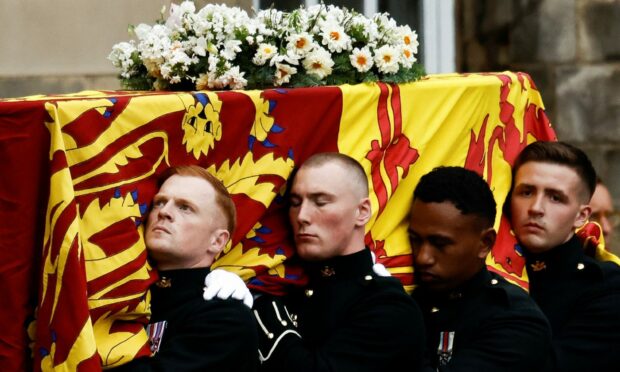
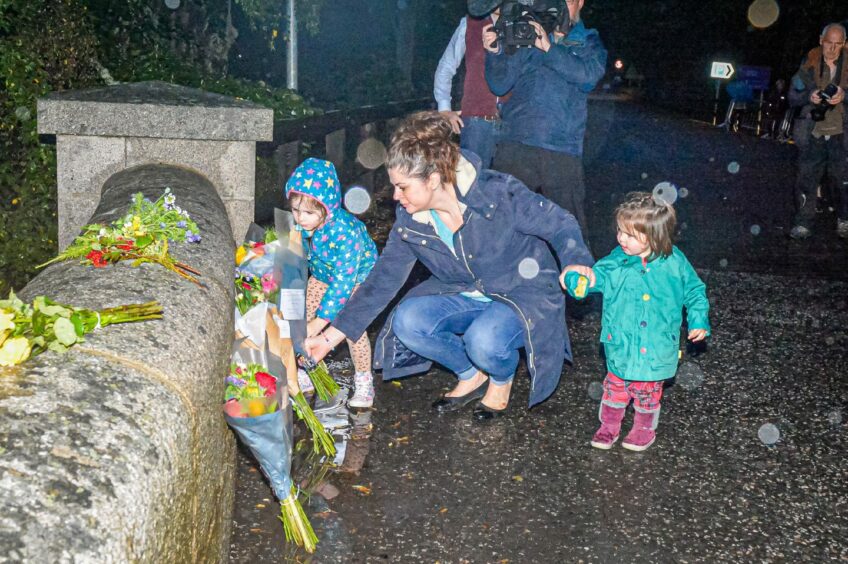
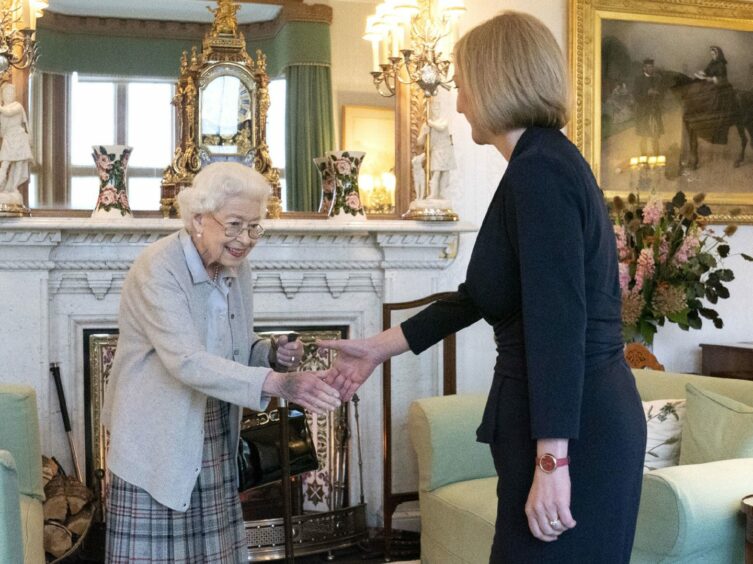
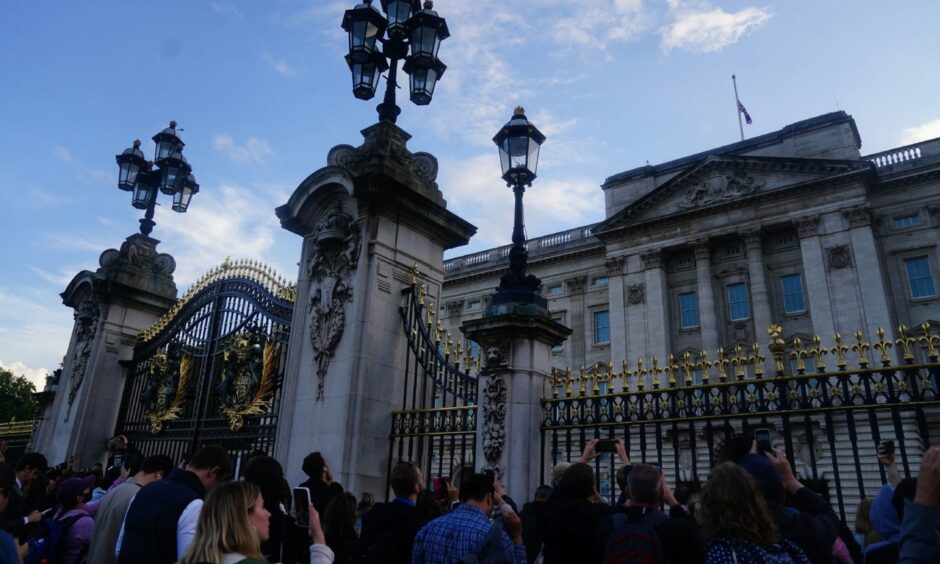
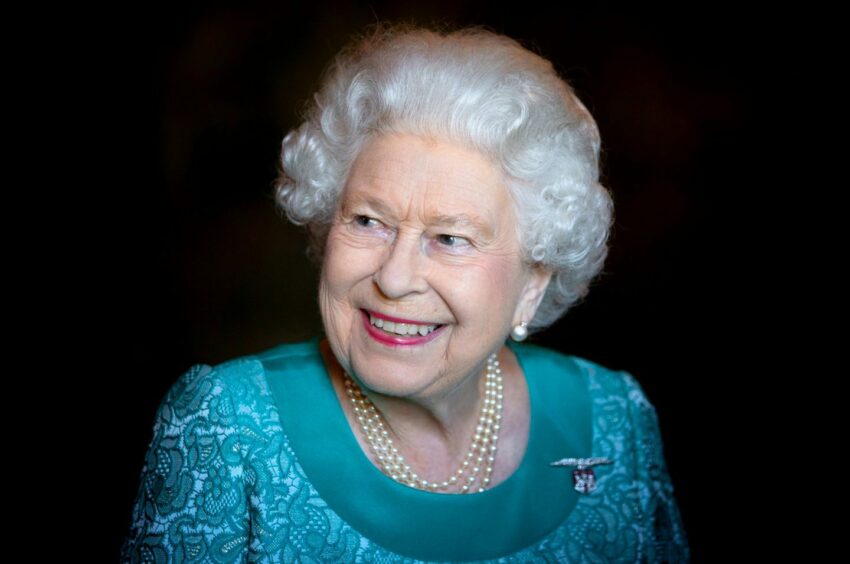

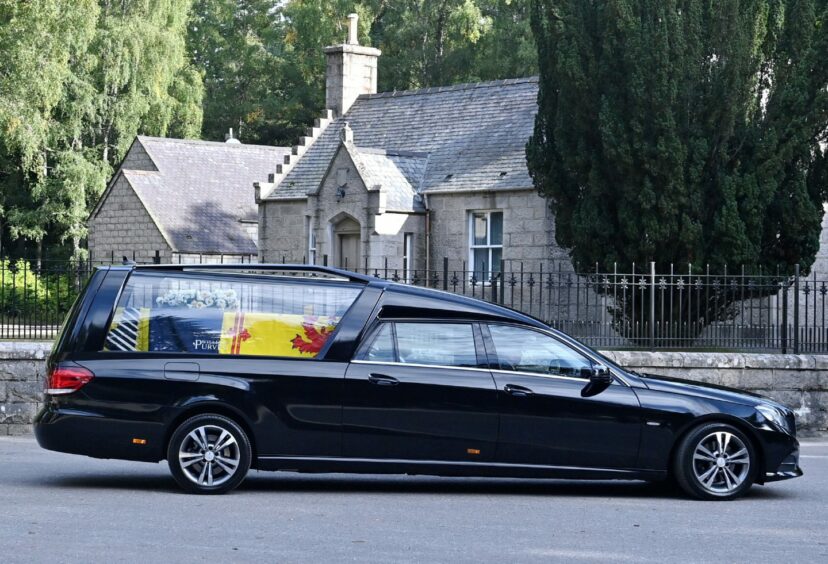
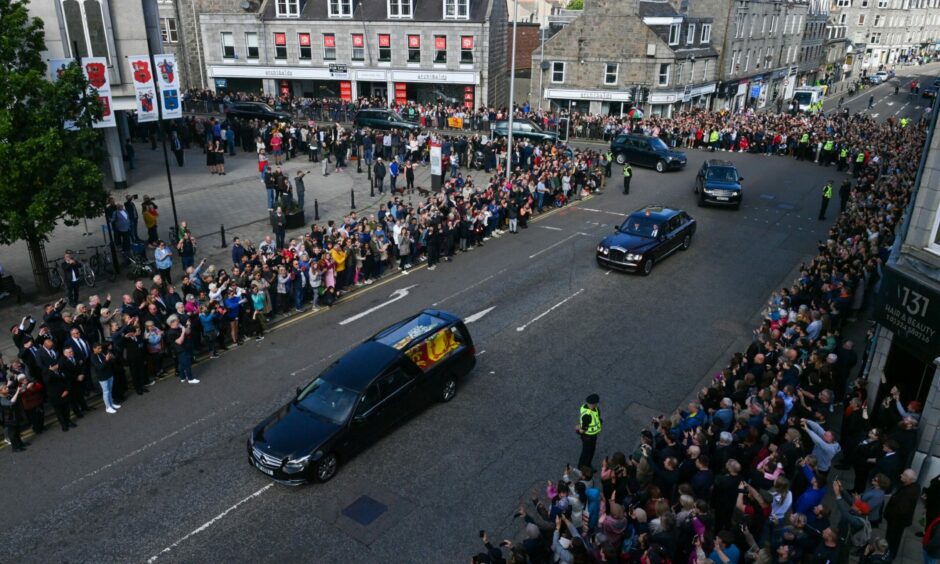
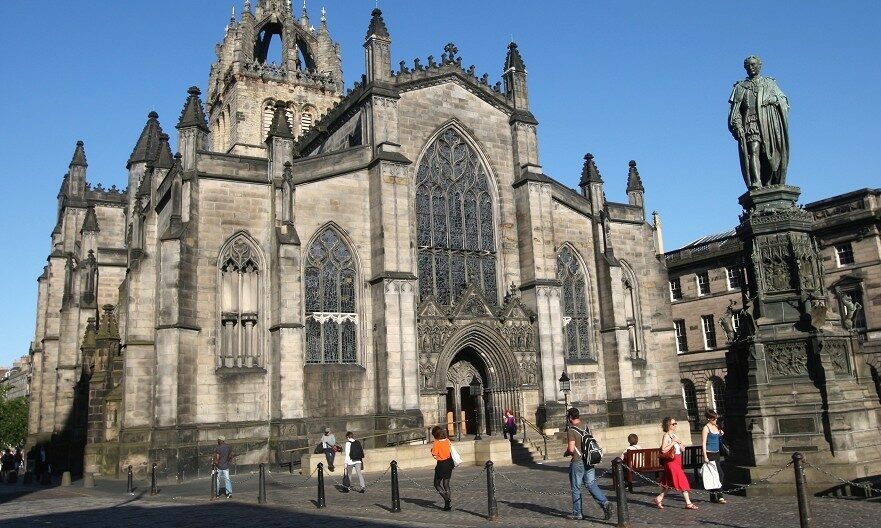
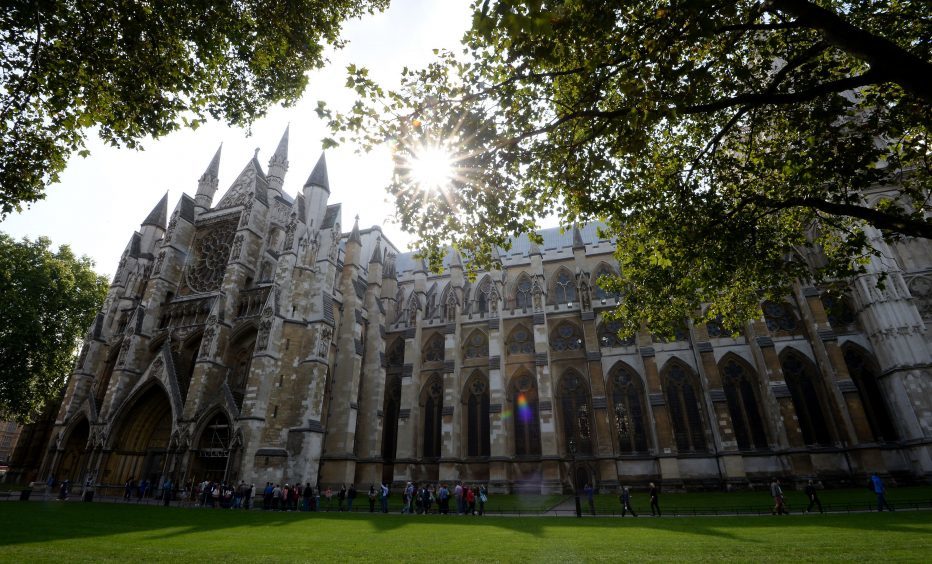

Conversation